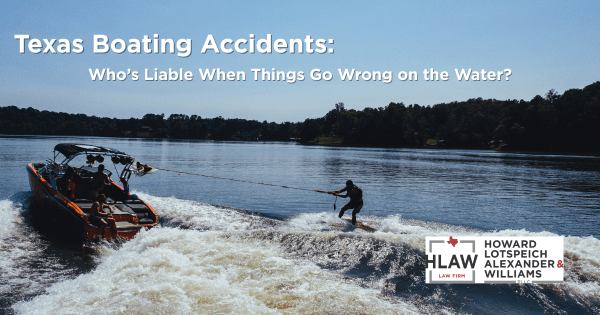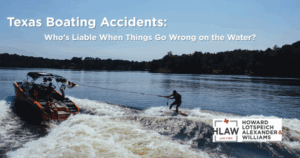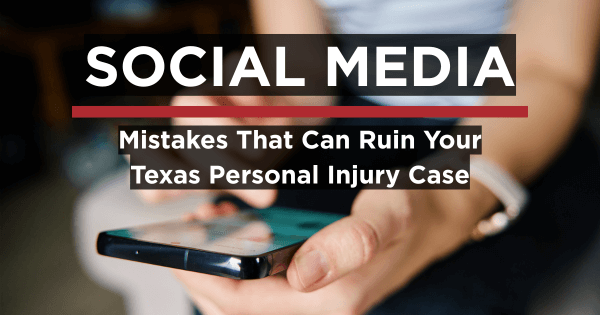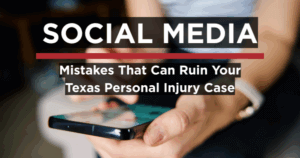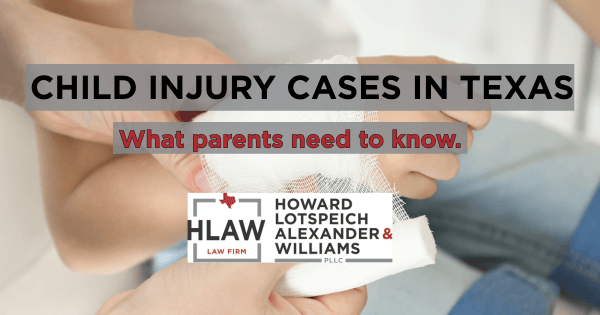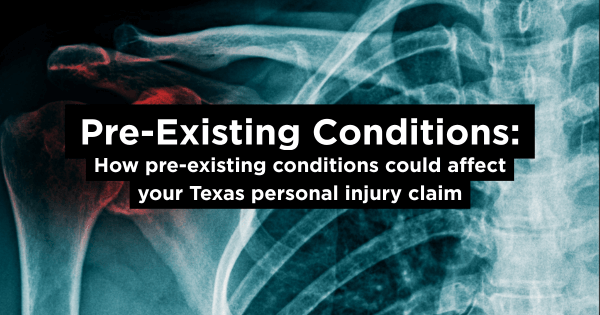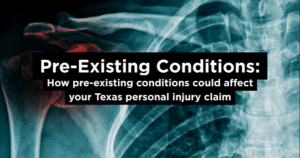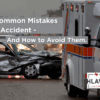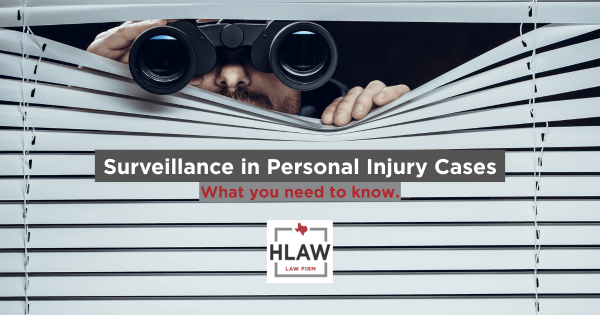
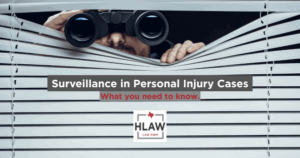
Insurance companies often use surveillance to monitor personal injury claimants—know your rights and how to protect your case.
How Insurance Companies Monitor Claimants and How to Protect Yourself
1. Why Do Insurance Companies Use Surveillance?
Surveillance is a frequent tool employed by insurers in personal injury cases to assess the validity of claims and guard against fraud—even in honest cases. These investigations typically target injuries that are subjective (like chronic pain or soft-tissue injuries) or claims involving large payouts .
Insurance companies may deploy private investigators to observe claimants’ daily activities—tailing them in public, taking photos or videos, or even requesting field visits, like home visits, particularly in long-term disability or workers’ compensation claims .
Defense counsel also rely on surveillance to challenge credibility by capturing footage suggesting the claimant is more active than their alleged injuries permit.
2. Common Surveillance Tactics in Texas
- Physical Surveillance: Private investigators may station themselves in public areas, follow claimants, or stake out known routines—all technically legal if conducted from public spaces.
- Video & Photographic Surveillance: Filming or photographing a claimant engaged in activities that contradict their medical claims (e.g., heavy lifting, sports, yard work) can be powerful evidence for insurers.
- Social Media Monitoring: Insurance companies often scour social media for posts, photos, or comments that might be leveraged against a claimant’s injury narrative.
- Interviews with Acquaintances: Insurers may contact friends, family, or neighbors to gather informal statements or observations—sometimes unintentionally undermining your case.
- Field Visits: Investigators may visit your home under the guise of follow-up, taking note of your environment or daily habits—potentially used to raise doubts about your limitations.
- Electronic Tracking: While more common in auto insurance contexts, insurers may obtain driving behavior data—sometimes collected without informed consent—and use it to assess claims or adjust premiums.
3. What Texas Law Allows—and Limits
- Surveillance from public spaces is generally lawful. Private property surveillance, trespassing, or recording in private areas (like inside your home) is typically prohibited.
- Video evidence could be admissible in personal injury litigation, but Texas courts typically require trial judges to review surveillance before excluding it.
- Data privacy protections in Texas are evolving: lawsuits have been filed against Allstate and GM for allegedly collecting and using driver location data without consent—potentially impacting surveillance practices in insurance.
4. How to Protect Yourself: Best Practices
- Stay Modest in Public – Follow your doctor’s restrictions consistently. Avoid activities—even on good days—that may appear inconsistent with your injuries.
- Limit & Secure Your Social Media – Set your accounts to private. Avoid posting about your health, recovery, or activities. Be cautious of well-intentioned friends sharing photos involving you.
- Stick to the Facts – Don’t embellish your story to adjusters or others. Consistency is key—contradictory statements make credibility easier to attack.
- Know What IS Protected – Investigators cannot legally record inside your home areas where you have a reasonable expectation of privacy, hack your digital accounts, or enter without consent.
- Consult an Attorney Promptly – If you suspect you’re under surveillance, inform your attorney rather than confront anyone—lawyers can help challenge improper evidence or even turn surveillance to your advantage in negotiations or at trial.
- Document Your Condition – Maintain clear records of medical appointments, treatments, and limitations. Having contemporaneous documentation can help counter misinterpretations of surveillance footage .
5. Summary
Surveillance in personal injury cases is common in Texas. Insurance companies may monitor claimants physically, digitally, or through third-party reports to challenge injury claims—even legitimate ones. While much of this activity is legally permissible when carried out in public spaces, there are boundaries—especially regarding privacy violations.
Staying informed, cautious, and consistent—especially regarding your public behavior and online presence—is essential. Our attorneys at Howard Lotspeich Alexander & Williams, PLLC (HLAW) can help you navigate surveillance threats and protect your interests throughout the claims process. Contact us today for a free case evaluation and consultation.

